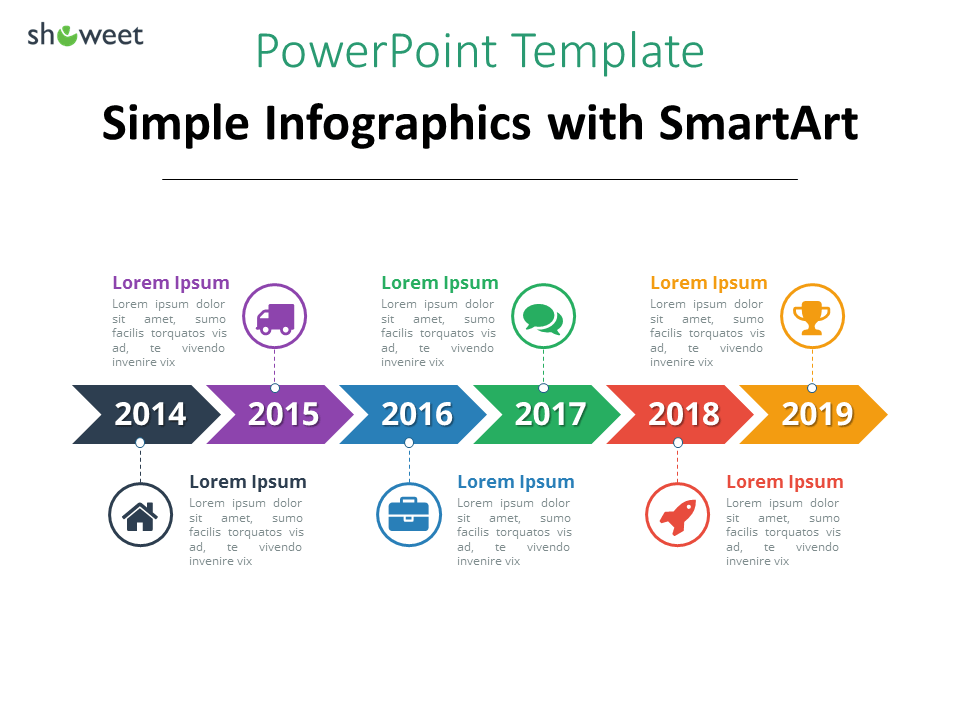

- #LUCIDCHART TIMELINE SOFTWARE#
- #LUCIDCHART TIMELINE OFFLINE#
- #LUCIDCHART TIMELINE PROFESSIONAL#
- #LUCIDCHART TIMELINE FREE#
#LUCIDCHART TIMELINE FREE#
Both tools are free to use, though Lucidchart does have a free trial. Lucidchart is a great choice for teams and business users who need to communicate in real-time.īoth MyDraw and Lucidchart have their strengths and weaknesses. There are also several free, customizable templates to use for diagrams. You can edit your diagram while others are working on it, and your changes are saved instantly. Unlike some other diagramming tools, Lucidchart allows you to collaborate with multiple people on the same diagram without compromising quality. Lucidchart is also capable of automatically visualizing UML sequence markup and databases. You can publish your diagrams to a unique URL or export them as shareable files. It also offers features for collaboration, including in-editor chat, commenting, revision history, and customizable shape libraries. Its collaborative feature lets you collaborate with colleagues on diagrams in real-time, and it can be easily shared with others. Once you’ve downloaded Lucidchart, you’ll find that it makes it a breeze to create professional-looking diagrams in a matter of minutes.
#LUCIDCHART TIMELINE SOFTWARE#
This diagramming software is a great choice for creating a variety of diagrams, and its intuitive interface makes it easy to navigate.
#LUCIDCHART TIMELINE PROFESSIONAL#
If you’re a business professional or just someone who enjoys drawing, you may be wondering what Lucidchart is all about. But if you want to work on a larger project, Miro is the better choice. For example, if you want to collaborate with a team from different locations, you can easily share the board to share ideas with the team. It has integration with other enterprise tools, including Salesforce, and allows users to customize its base tool. While Miro is similar to Lucidchart, it’s a more platform-oriented option. This means that the project’s timeline moves smoothly from ideation to execution, and everyone involved in the project can see the progress as it happens.

Those collaborating on the same document can see the cursors of other participants, as well as share images, videos, and other media. The collaboration feature is very similar to that of Google apps. Miro’s collaborative features work in real-time, so it’s easy to see who’s currently contributing to the board. Miro gives you a generous board space, with a zoom-pan window in the bottom right corner. Moreover, Miro allows you to start with a blank board, which makes it easy to customize. It is also possible to create your own custom templates, which makes it highly versatile. It comes with a wide variety of templates to suit various use cases, such as Flowcharts, Mind Maps, Product Roadmaps, User Story Map Framework, and UX Research.
#LUCIDCHART TIMELINE OFFLINE#
It offers limited offline support, and users can only view existing boards if they have an active internet connection. In contrast, Miro is a standalone application, which requires an internet connection to use. Therefore, if you’re looking for a diagramming tool that’s more affordable and easier to use, you should try Lucidchart. However, you should know that Lucidchart is free and has many advantages over Visio. Visio has many more advanced features than Lucidchart, including enterprise-grade security, high-contrast support, and Information Rights Management. Ultimately, you’ll have to decide which one best suits your needs.

It also allows you to keep all of your documentation in one place. In fact, if you use both programs, you’ll be able to import documents from Miro into Lucidchart. SmartDraw, on the other hand, is a more established diagramming tool that has some excellent features.Īnother major difference between Lucidchart and Miro is that Lucidchart allows you to export your work to both. Despite its many advantages, Lucidchart lacks some features, including real-time collaboration. The templates available are limited, and the app does not support legal, healthcare, or education fields. However, there are a few limitations to its free plan. Lucidchart is free and runs in your web browser. While the free version of Lucidchart doesn’t support freehand drawing, it does support arrow icon styles. Lucidchart is also available offline and integrates with third-party apps. You can create diagrams using swimlanes and hotkeys. The online version is free and doesn’t require a credit card or download. If you are looking for a diagramming tool that will work on any computer, you may want to try Lucidchart. In the end, it comes down to personal preference. Read on to find out which one is right for you. I’ll also look at the differences between the two apps in terms of the way they facilitate collaboration. Both tools allow you to share diagrams with others in real-time. In this article, I’ll look at both the Lucidchart and Miro apps for diagramming.


 0 kommentar(er)
0 kommentar(er)
